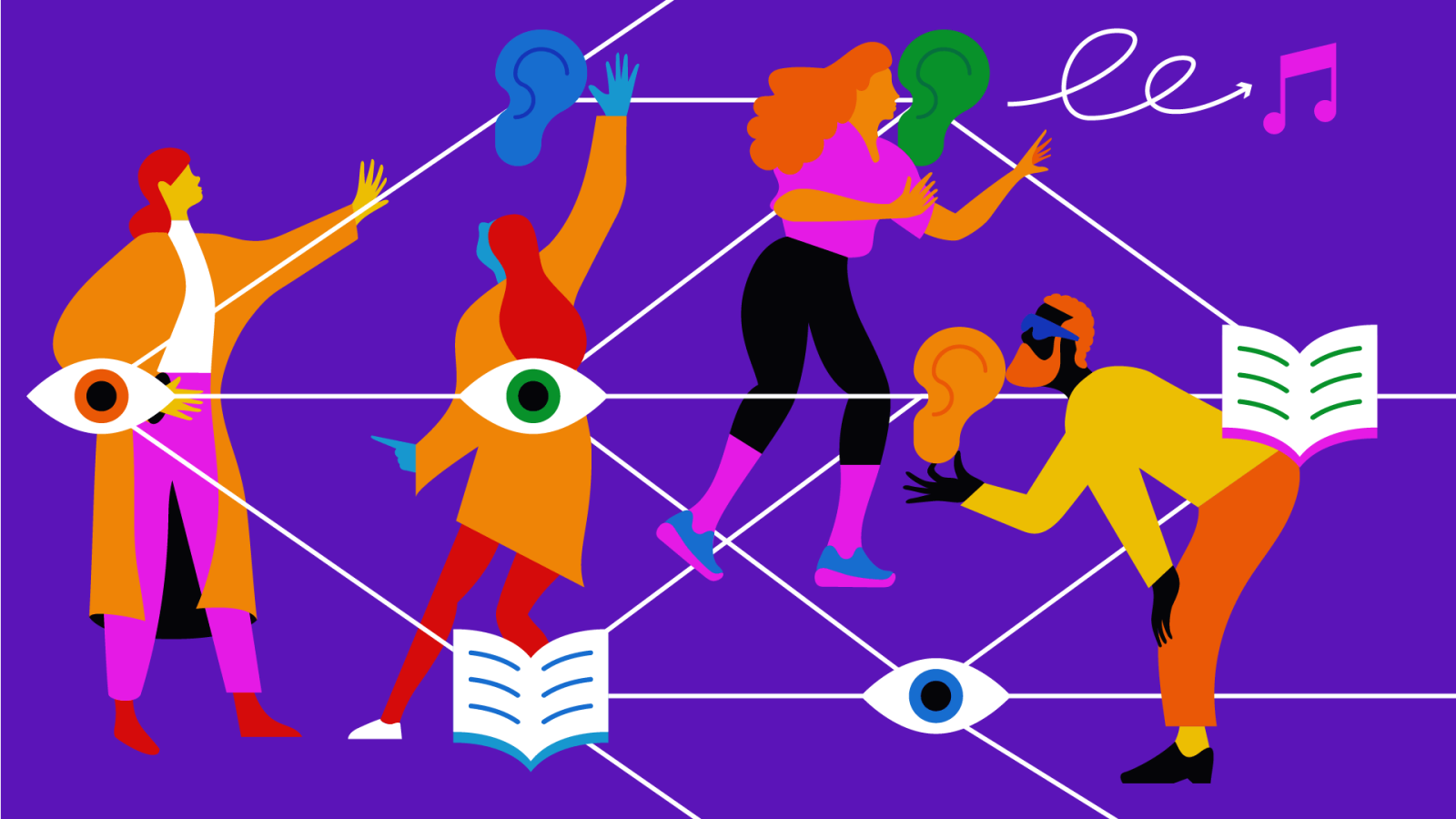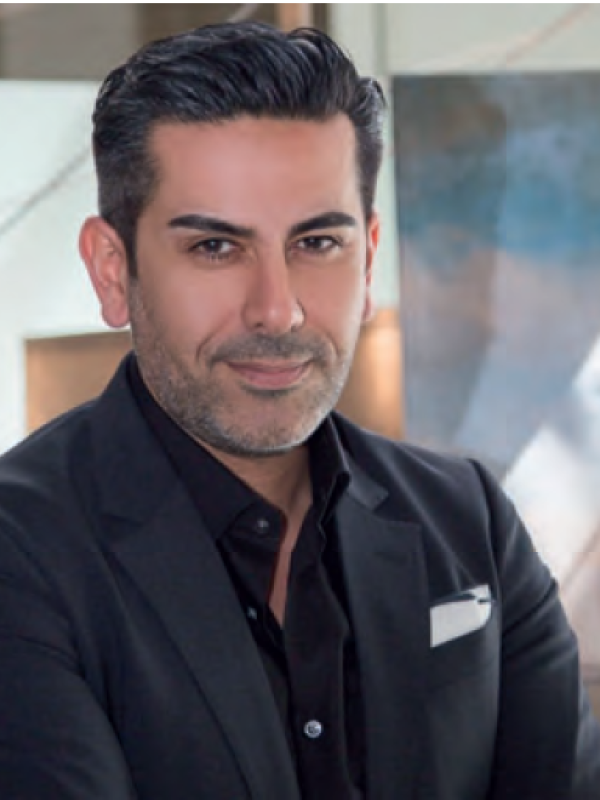The business of creativity

Author

Sasan Saeidi
Global Chief Business Officer
VML
Creativity makes brands impossible to ignore. But what actually works?
In this interview, Sasan Saeidi, Global Chief Business Officer at VML, discusses tactical and long-term brand strategies and why advertising must avoid being dull or run the risk of simply being ignored by consumers.
Long brand building versus short-term gains
Long-term brand building is essential, although many brands are focusing on conversation-based media for quick short-term gains. There needs to be a balance between tactical and long-term strategies, as brand value is assessed over years, not days. Research shows that long-term strategies work best, but they need to be combined with tactical efforts. This conversation needs to happen among brand builders, agencies, media companies, and platforms such as Google and Facebook. While short-form content is popular, a collective focus on long-term benefits could shift this trend.
Some marketers are starting to see beyond short-term strategies. Great advertising requires not only great agencies, but also great clients who embrace and invest in visionary content. It’s a 50/50 responsibility.
Is advertising becoming boring -and what is the impact of being dull?
In the past, consumers had no choice but to see ads, even if they were dull. Now, with tools such as ad blockers, ads must be engaging to capture attention. Consumer attention spans have drastically decreased, from 12 seconds in the early 2000s to eight seconds now and, as media fragmentation grows, attention spans will likely shrink further, posing a significant challenge. Advertising isn’t necessarily becoming more boring, but it is more difficult due to increased competition, regulation, and the rise of media fragmentation. Today CMOs face far more complexities than 30 years ago, so creativity has to rise to meet these complexities. Being boring has a cost. It can lead to wasted media dollars because your message will not resonate. By contrast, a breakthrough idea spreads faster and is more effective.
Emotions – making consumers laugh or cry – are still crucial in storytelling. However, the use of humour, which was once a great way of attracting consumer attention, has become difficult in our industry. Fear of offending others has made advertisers cautious and while respect is important, it has had a significant impact.
Great advertising requires not only great agencies, but also great clients who embrace and invest in visionary engagement strategies and experiences.
How are you using AI and how do you think it will shape the future of the industry?
We are primarily using AI for automation, focusing on pilots that help with design, channel optimisation, and production scaling. AI is also used for inspiration, to improve our work for clients. It is a tool that enhances creativity and efficiency and should be embraced, not feared, as it can significantly elevate concepts and scale creativity. However, its adoption should align with human-centred regulations and ethical considerations.
It is essential to define long-term brand principles while leveraging technology and AI to drive demand generation. This approach combines strategic brand building with technology-driven audience insights to effectively create and manage demand. The future of marketing will involve both, building a strong brand and investing in demand generation. Balancing these elements is crucial for effective future marketing.